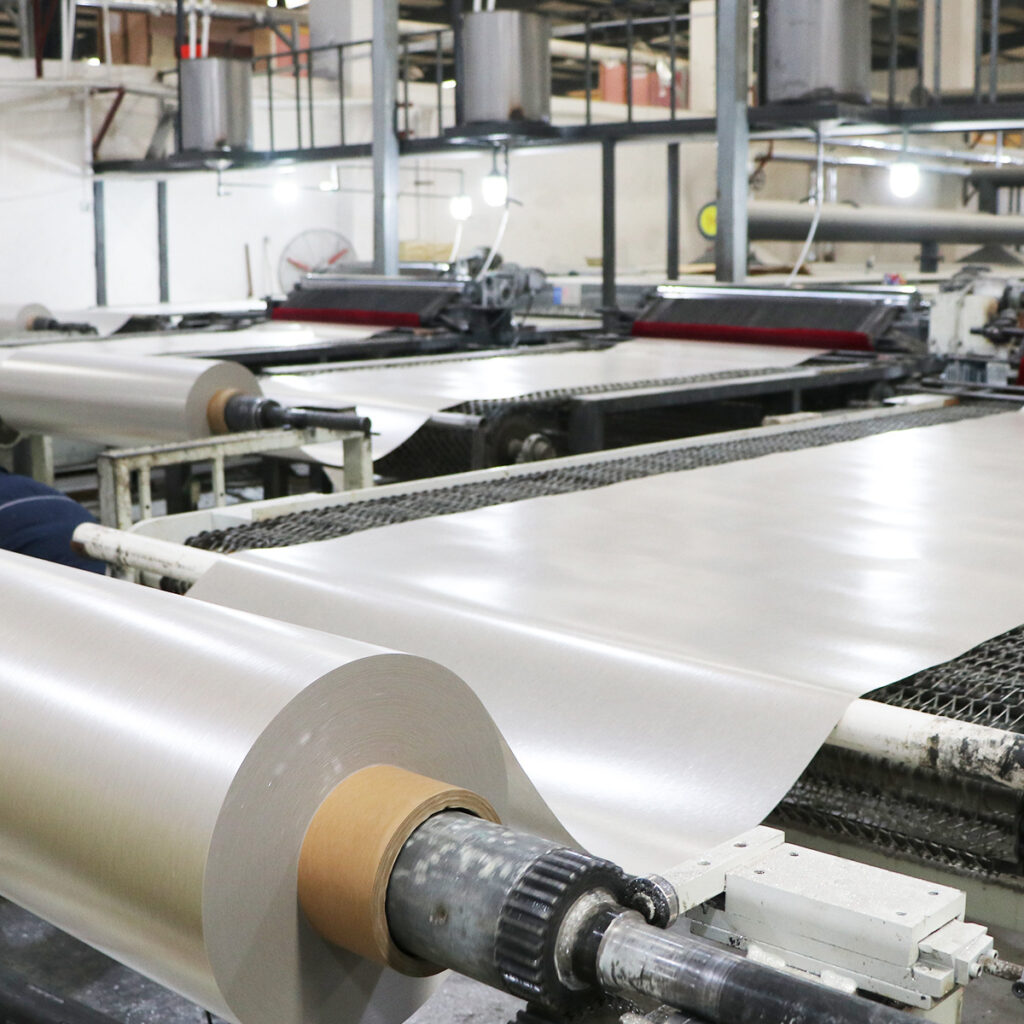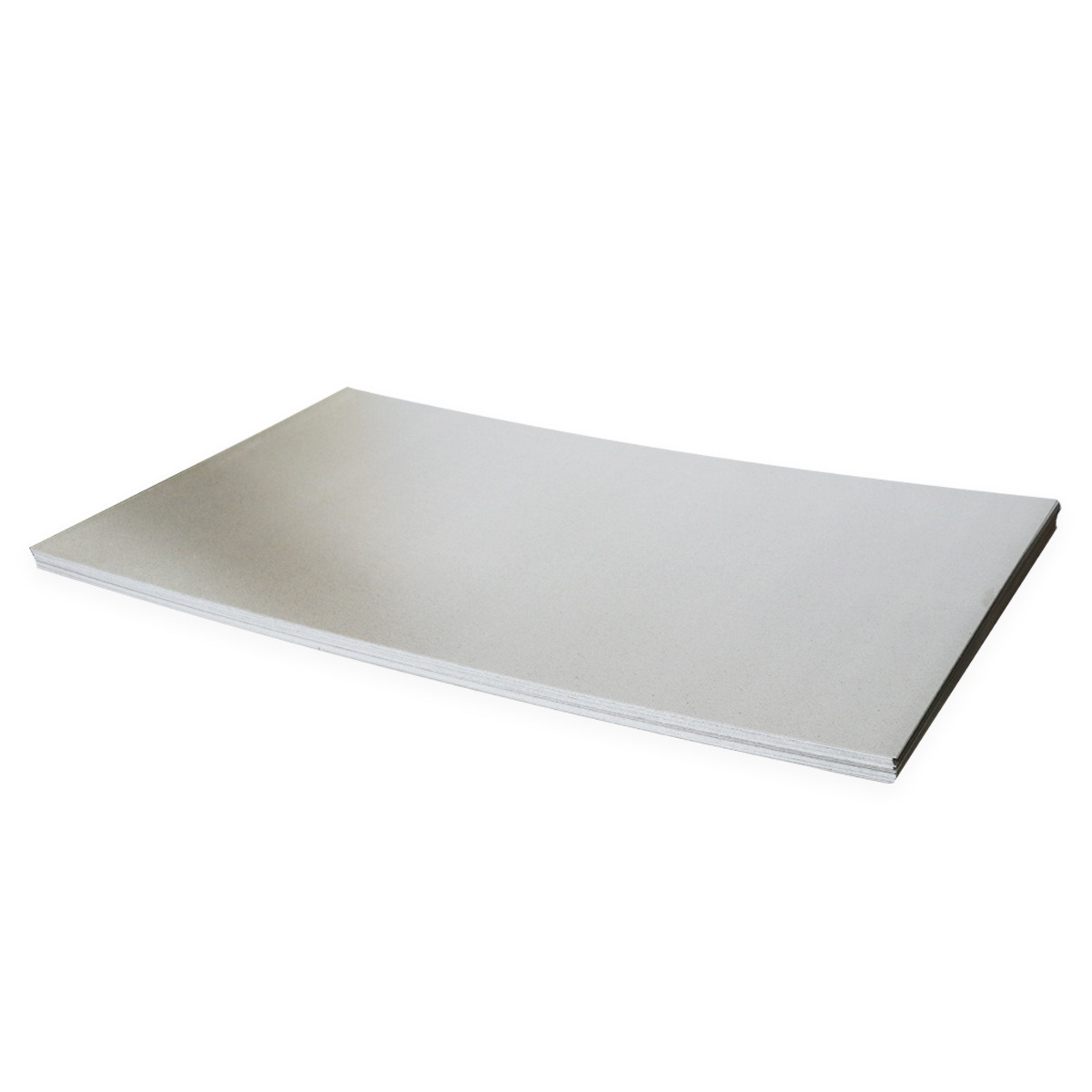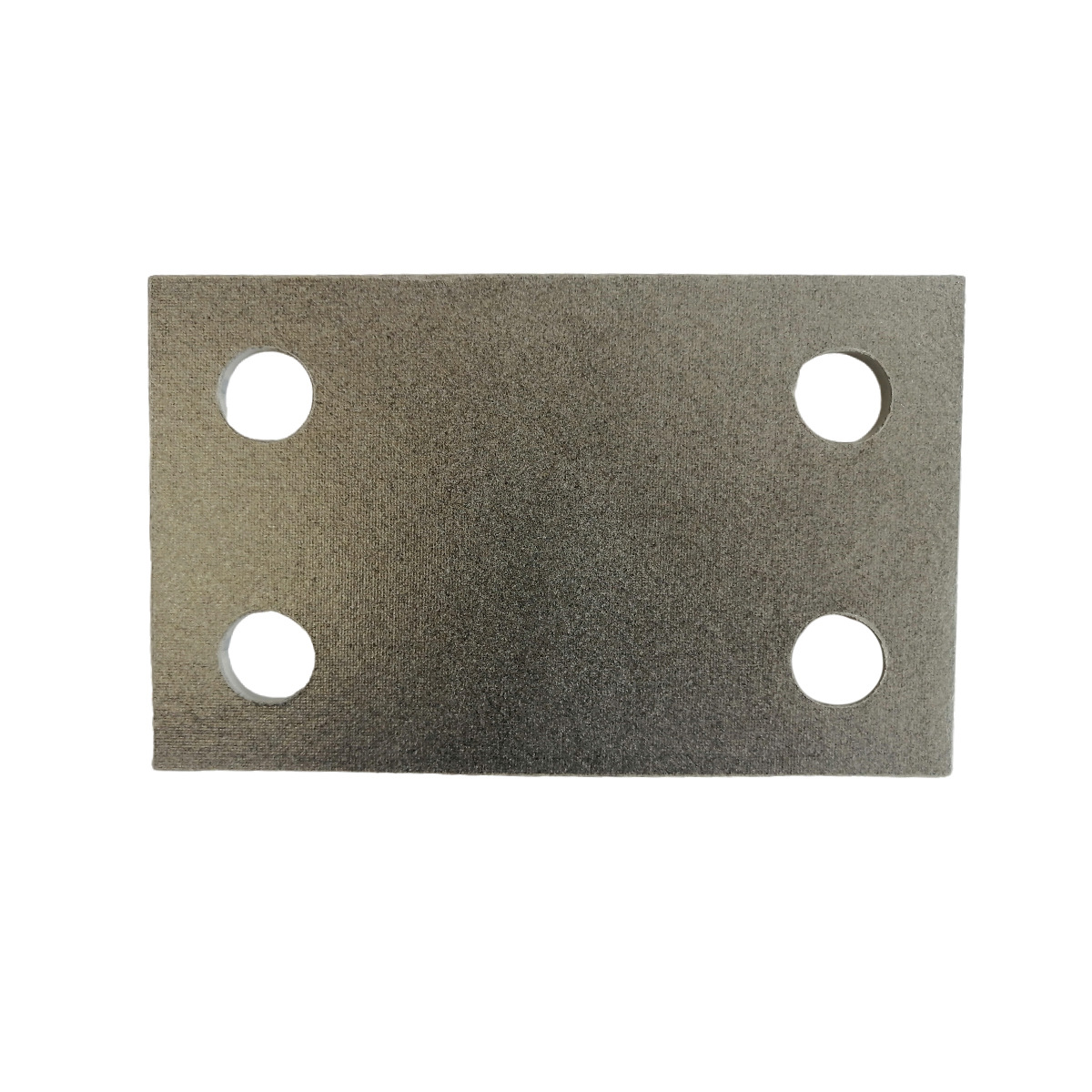Mica Plate
What is a Mica Plate?
Mica plate is a high-temperature insulating material made from natural mica minerals, processed and bonded into thick, rigid slabs ranging in thickness from 6mm to 100mm. Unlike thinner mica sheets, mica plates are engineered for mechanical durability, structural stability, and extreme thermal resistance.
Mica plates are used in industrial environments where high voltage, high temperature, and mechanical strength are simultaneously required. They are especially critical in foundries, metallurgy, electrical insulation, and heating systems.

How is Mica Plate Manufactured?
The manufacturing process of mica plate involves the lamination of multiple layers of mica paper, which are bonded with heat-resistant resins, typically silicone or epoxy. These layers are then compressed under high pressure and heat to form solid, dense plates.
Production Steps:
Raw Material Selection
Natural mica (muscovite or phlogopite) is mined, cleaned, and graded.
Pulverization & Pulping
Mica is ground into flakes and made into mica paper.
Resin Impregnation
The paper is soaked with high-temperature-resistant resin.
Layering & Lamination
Multiple impregnated sheets are stacked to the required thickness.
Hot Pressing & Curing
The stack is compressed under heat to form a rigid, solid structure.
Cutting & Finishing
Plates are trimmed, machined, and optionally coated or glued.




Types of Mica Plate
Muscovite Mica Plate

Higher dielectric strength
Better chemical resistance
Stable up to 300–500°C
pale color
Phlogopite Mica Plate

Working temperature 700℃,peaks of 1000°C
Superior in thermal shock environments
Brown to golden color
Often preferred in metallurgy and foundry applications
Key Features of Mica Plates
Excellent Thermal Insulation – Withstands temperatures up to 1000°C
High Dielectric Strength – Ideal for high-voltage insulation
Structural Integrity – Rigid and impact-resistant
Fireproof and Flame-retardant – Non-combustible material
Chemically Inert – Resistant to oils, solvents, acids, and alkalis
Machinable – Can be cut, drilled, milled, or custom-shaped
Environmentally Safe – Asbestos-free and non-toxic
Applications of Thick Mica Plates
Applications of Thick Mica Plates
- Electrical Insulation
Transformer partitions
Busbar supports
Generator and motor insulators
Arc shields and slot wedges
- High-Temperature Equipment
Furnace insulation panels
Heating element supports
Protective linings in industrial ovens
- Metallurgy and Foundry
Induction furnace insulation
Steel and aluminum processing gaskets
Thermal barriers in casting molds
- Aerospace and Automotive
Fire-resistant insulation panels
Battery compartment shielding (EVs)
Thermal insulation in aircraft cabins
- Household & Industrial Heating
Toaster oven insulation
Heating block layers
High-temperature gaskets for electric irons and cooktops
Customization Options of Mica Plates
Mica plates can be custom-manufactured according to application needs. Customizations include:
Size and Thickness (up to 100mm)
Pre-cut shapes (round, rectangular, irregular)
Machining – Holes, slots, chamfers, and grooves
Adhesive Backing – Pressure-sensitive or heat-resistant glue
Laminated Layers – With fiberglass or ceramic fabric reinforcement
Conclusion
Mica plates (6mm–100mm) are engineered for demanding industrial conditions that involve extreme heat, high voltage, and mechanical stress. Their unique combination of thermal resistance, electrical insulation, rigidity, and chemical durability makes them an essential material across sectors like metallurgy, power generation, aerospace, and electrical equipment manufacturing.
If you’re looking for a long-lasting, non-flammable insulating solution that performs under the toughest conditions, mica plates are an ideal choice.